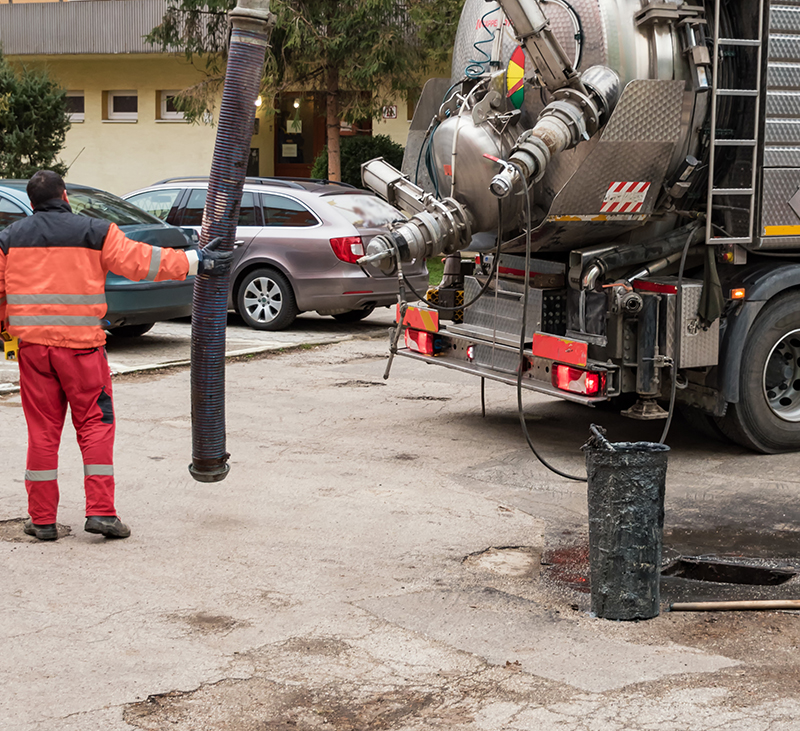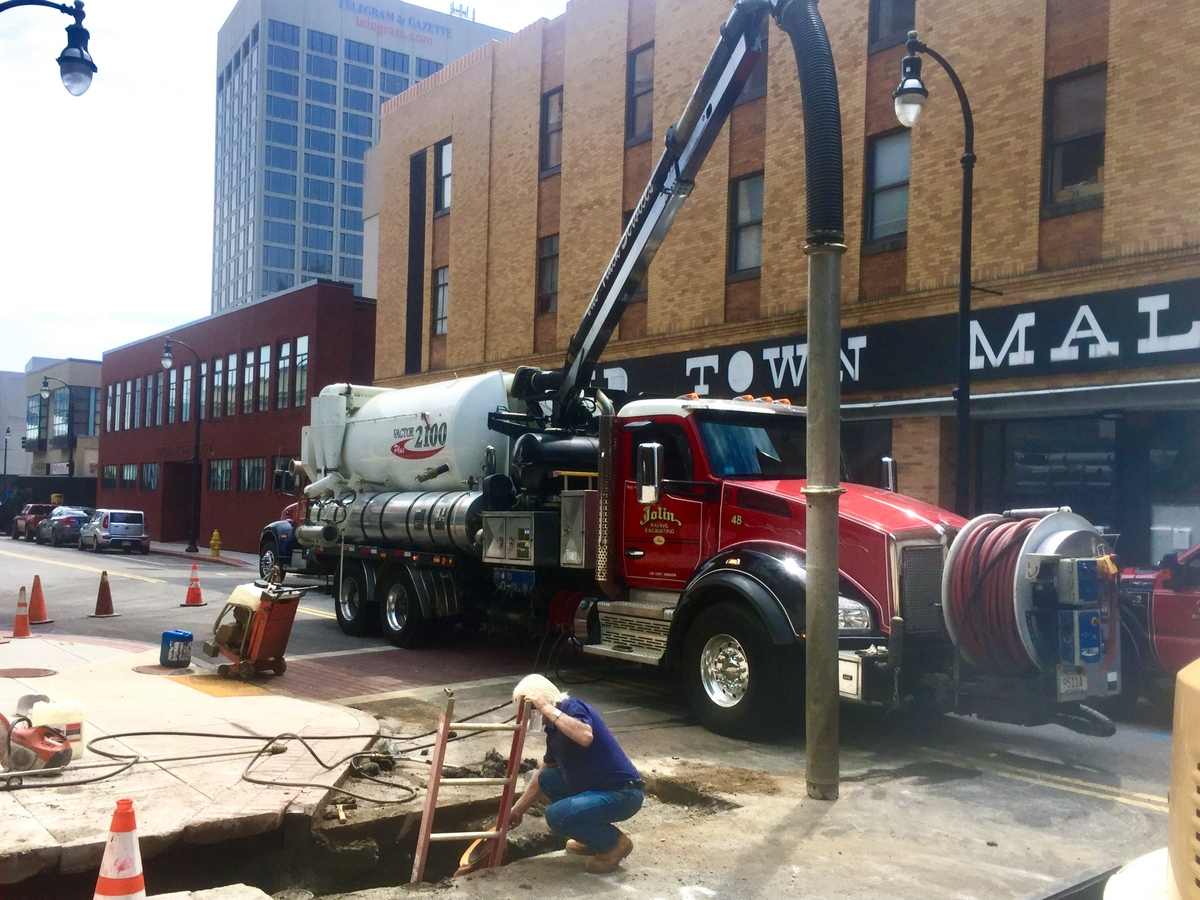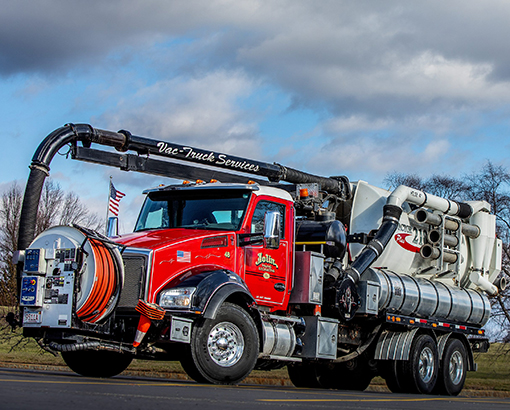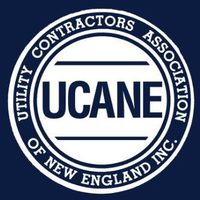
Emergency industrial cleanup projects certainly demand immediate attention. They can become incredibly expensive and time consuming. These cleanup projects also negatively affect your business in others ways as well. For example, think of how much money all of that downtime will cost your business in lost revenue. Industrial cleanup projects typically span a wide variety of industries, and tend to include the removal of materials such as dry bulk powders, fine dust, fly ash, grains, liquids, oils, sawdust, sludge, slurries, and solids to name a few. The good news is that there are a few ways to avoid emergency industrial cleanup projects. The following information will show you how.
Set Up A Secondary Containment System
Facilities can certainly take additional steps to reduce spills for occurring at or near the source. For example, one of the most common preventative measures is to install a secondary containment system for containers, tanks, and processes that could leak or spill. When leaks and spills do occur there is a good chance that it could release the materials directly into the environment. The secondary containment system provides a permanent barrier that prevents the spills from reaching drains and other sensitive areas.
They also go a long way in keeping the spills in a confined area, which makes cleanup far easier. Setting up a secondary containment system may be easier than you think. In essence, they can take a variety of forms including temporary or permanent berms that surround several tanks and their piping. They can also be as simple as placing a portable pallet or deck under drums, or installing a collapsible pool or pad. Whatever method you choose, the purpose is to provide a temporary holding area for liquids and materials that escape their container.
Protect The Drains
There are times when a facility is designed in a manner that does not require secondary containment systems. For example, if the containers and tanks are located in an area where the floor is sloped, the spills will collect at the lowest point of the area. In essence, stuff rolls down hill. That being stated, this tends to create another issue. Low points are typically designed with a fitted drain that can act as a quick escape route for spilled materials, especially liquids. The good news is that there is a simple solution. Drain covers quickly seal the drains, and prevent the spills from being released. In a great deal of cases, they provided a secondary containment. The drain covers should be placed on the drains as soon as the spill has been discovered.
Always Be Prepared For Spills
It pays to be prepared and aware of the fact that spills can occur at any time. People forget to turn machines on or off. Equipment fails. Events like this happen all of the time. It is simply a matter of how you deal with them when they do. First and foremost, do not panic. Help is only a phone call away. It is important that you have an industrial cleanup specialist on your speed dial that provides you with an immediate response, has a track record of proven experience, and a pricing structure that does not break the bank.
If you have any questions about emergency industrial cleanup projects, or would like to schedule service we are happy to help. Jolin Paving & Excavating, Inc. is your New England connection for a vast variety of environmentally related services. Our company has been serving Boston Massachusetts, Southern NH, VT & ME as well as Northern CT & RI since 1952. Please Contact us to learn more today.
continue reading






